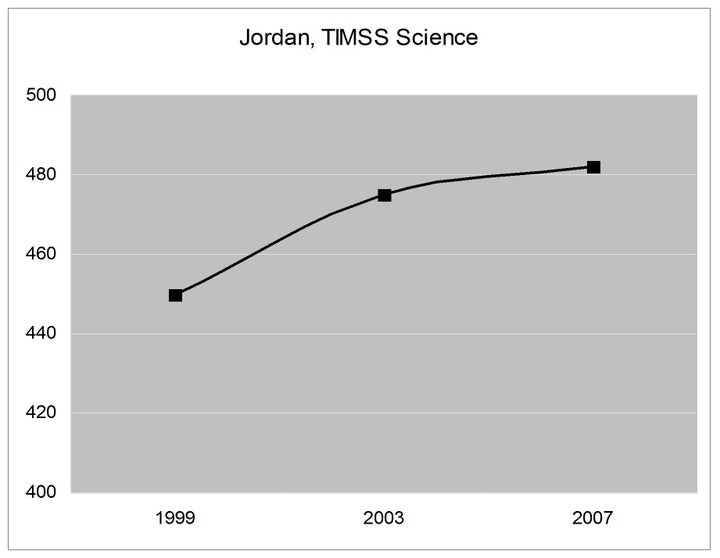
The most widespread losses and abuses in education systems occur on the front lines—teachers who are absent from their posts or who demand illegal payments for services that are legally free. In some countries teachers are absent 11 percent of the time, in others more than 20 percent, and in some regions up to 40 percent.
Even when teachers are present at the schools, they are not always teaching. In some countries teachers present at schools spend only half of their time teaching; the rest may be spent on administrative tasks. Of every instructional hour, only about 60 percent is effectively used by teachers in some countries, while the good-practice benchmark for classroom observations in OECD countries is at least 85 percent of class time effectively used for instruction.
But teachers are critical to the production of knowledge. Teacher salaries account for the bulk of education spending. Classroom teachers are the most important contributors towards children’s education. Instruction is vital in the effort to improve learning outcomes and enhance opportunities for students to achieve the potentially high returns to schooling.
If not more spending, then what?
The common prescription has typically been to spend more on teachers and inputs. But typical input measures such as reductions in class size, increases in per pupil expenditure, and increases in the fraction of teachers with advanced qualifications are not associated with school effectiveness. Instead, school effectiveness is predicted better by frequent feedback, the use of data to guide instruction, high-dosage tutoring, increased instructional time, and high expectations. Dobbie and Fryer argue that these five factors explain 50 percent of the variation in school effectiveness. Based on evidence from rigorous impact evaluations of 35 charter schools, they argue that these “No Excuses” schools emphasize “frequent testing, dramatically increased instructional time, parental pledges of involvement, aggressive human capital strategies, a “broken windows” theory of discipline, and a relentless focus on math and reading achievement.”
Policy failure in the case of teachers can be addressed through accountability (and autonomy and assessment, the 3As) reforms, much like other weaknesses in the education system. For example, state accountability systems, through increased use of state assessments, improve learning outcomes.
However, accountability information is only useful when that information is shared with decision-makers, principals and teachers. Assessment information was widely shared and used to provide feedback to teachers and inform policymakers and teacher training programs in Jordan. The effort was said to have contributed to one of the biggest improvements in international test scores. Information provision without high stakes was also credited with improving test scores in Colima, Mexico.

Teacher selection is important
Getting talented people to become teachers is essential. Good candidates maximize the impact of teacher initial education. If the quality of student teachers is too low, teacher initial education is likely to focus more on making up for their deficits in knowledge and skills and less on turning them into effective teachers. In addition, luring talented people into teaching has a “multiplier” effect: if teaching attracts qualified people, competitive candidates who had not considered teaching might be drawn to it. Top performing systems select teachers from among the top graduates in the country. Only then can subsequent measures such as teacher training have a significant effect.
In Shanghai, China teacher selection is very important. But Shanghai also uses several financing, management, and twinning strategies aimed at improving the performance of poorly performing schools. The most prominent model is the “entrusted school” management system – like the charter school model in the United States, which involves additional financing, management, and professional support from high-performing schools to low-performing schools.
The price is right
Getting the right people into the classroom is important. Supporting them with information, while maintaining strong autonomy and accountability measures, is also critical. Moreover, this approach is cost-effective. Test based accountability systems cost no more than one quarter of 1 percent of per pupil spending.
Follow Harry Anthony Patrinos on Twitter at @hpatrinos.
